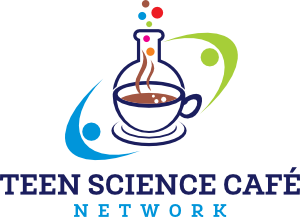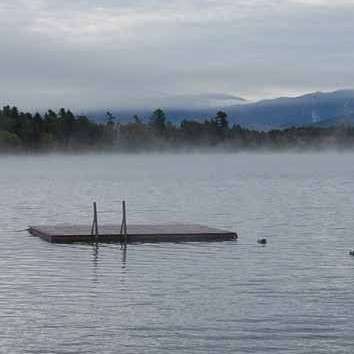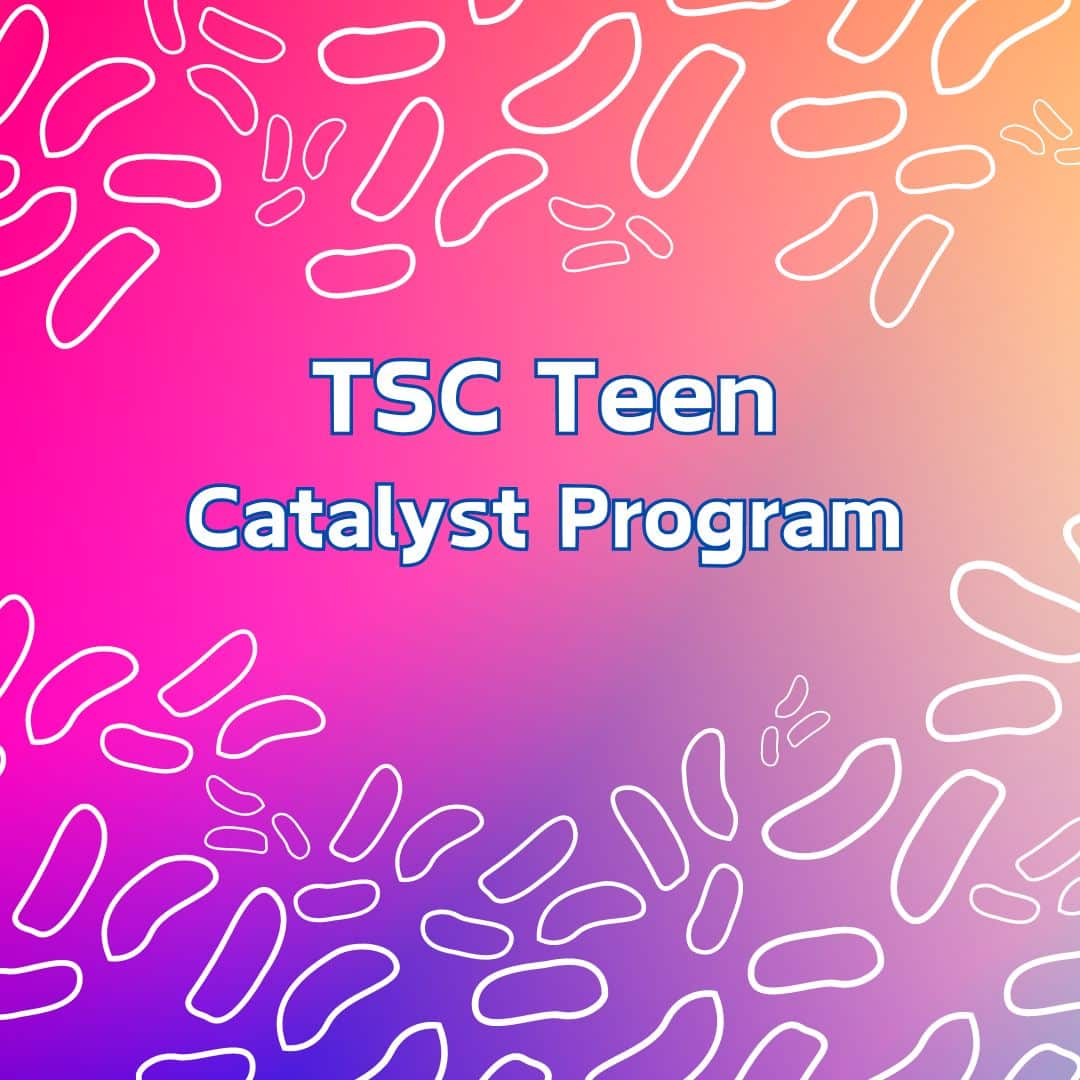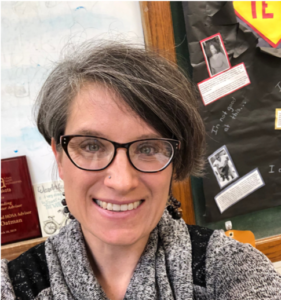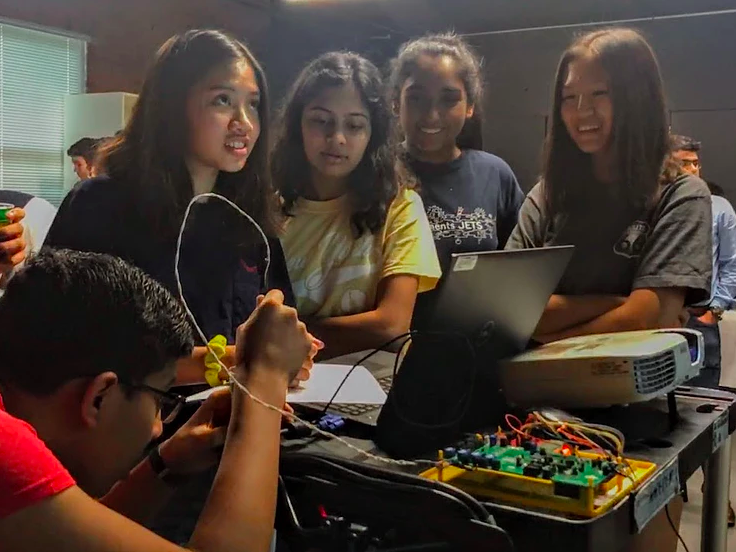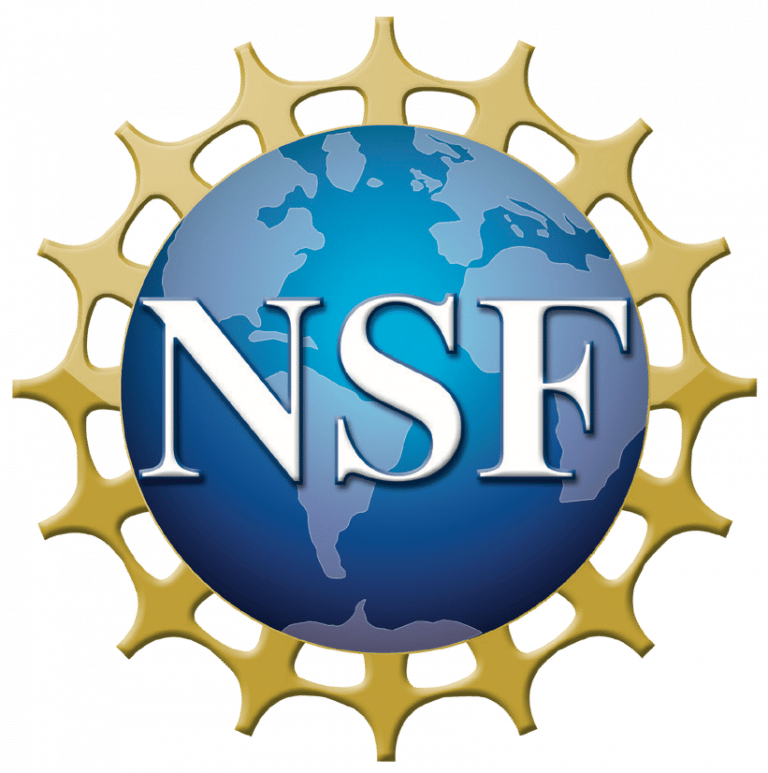Dr. Andy Wolfsberg of the Los Alamos National Laboratory sat down with a Teen Leader for an interview right before his café. Watch as he discusses his path to hydrology, why he became a scientist, the Energy-Water Nexus, band-aids, and ideas for water conservation.
More About Dr. Wolfsberg
Dr. Wolfsberg writes: It has been my experience that life is a series of opportunities, some of which you create and some of which just come along. The trick is to make good choices once the opportunities present themselves. My first opportunity, and one for which there were no available choices, was being born in Los Alamos. Granted, by the time I was 18 years old and finished with high school, there was nothing more important than getting Los Alamos in the rear-view mirror and getting out into the real world. But once there, it became very clear what a great opportunity it had been to growing up with the opportunity to ski every weekend in the winter, backpack all summer, and live in a really great community that supported its schools and kids. However, when I was 18, I didn’t have the foggiest idea what to do. I figured I was supposed to be a scientist of sorts, but I had no clue what the other options were – Los Alamos is kind of heavy on scientists and light on investment bankers and artists. I did OK in high school, took a few AP classes, and got reasonable SAT scores, but I was not in the top 10% of the class.
So, when it came time to apply for college, I was influenced by one thing. I had enjoyed my high school chemistry classes. Stressing out that my entire life was going to be determined by the fact that I liked chemistry in high school, I applied to University of California because we were eligible for in state tuition in chemical engineering. Around Christmas of my senor year, I was accepted to U.C. Berkeley and was resigned to figure out what chemical engineering was some time later. We didn’t have the Internet back then, and frankly, I didn’t know how to figure out what a chemical engineer was, other than someone who works for Dow or an oil company. Then came my next opportunity. I received a small card in the mail that said “Come to the University of Arizona, Study Hydrology, Get in-state tuition.” I asked my dad – a LANL Nuclear Chemist – what Hydrology was. He told me it was mix of geology, physics, math, and chemistry focused on water-related research, with all sorts of interesting real-world problems to solve. Finally, something tangible. I could help find water resources or clean up contaminated groundwater systems. And, I could dabble in several disciplines but not have to specialize in any. This made a lot more sense than chemical engineering (though I still hadn’t done any research on what it was).
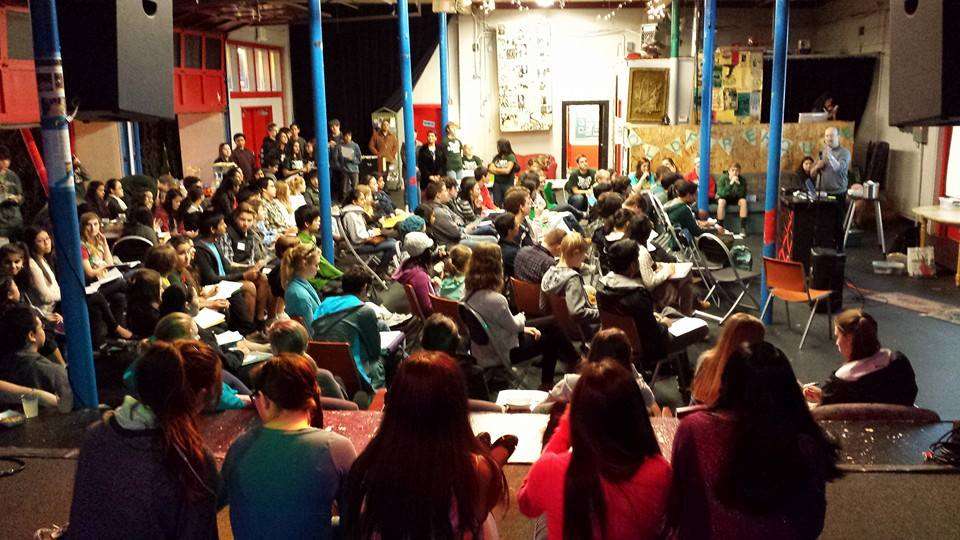 So, over Spring Break, two buddies and I piled into dad’s car and off we went to Arizona to check out the school. University of Arizona is a party school, and we were in heaven. It also had the only undergraduate curriculum in hydrology in the nation and had a department loaded with world class hydrologists. These guys literally wrote the books on the subject. When I went to visit the professors in the department, I realized that they had pioneered much of the science. They figured out how to use radioactive isotopes to age-date ground water; they figured out how to best drill wells and evaluate how much water they could produce; they figured out how to develop computer models to optimize the spacing and pumping rates of wells to supply water for a city. This seemed like cool stuff and I was hooked.
So, over Spring Break, two buddies and I piled into dad’s car and off we went to Arizona to check out the school. University of Arizona is a party school, and we were in heaven. It also had the only undergraduate curriculum in hydrology in the nation and had a department loaded with world class hydrologists. These guys literally wrote the books on the subject. When I went to visit the professors in the department, I realized that they had pioneered much of the science. They figured out how to use radioactive isotopes to age-date ground water; they figured out how to best drill wells and evaluate how much water they could produce; they figured out how to develop computer models to optimize the spacing and pumping rates of wells to supply water for a city. This seemed like cool stuff and I was hooked.
Then came my next opportunity. During my second year of college I had broken up with a girlfriend and was sort of depressed. I also needed money, so I took a job as a custodian in the student union. One day, I was pushing the broom when an upper classman in the hydrology department came up to me and said that a hydrology consulting firm in town needed some student help and there might be some field work involved. To make a long story short, two weeks later it was almost Christmas break at the university, I had taken my finals early, and I was in Wyoming working with a crack team of hydrologists and geophysicists studying if and how a pond of nasty power plant effluent was leaking to the groundwater. It was 30 degrees below zero, we were drilling through 2 feet of ice, my feet were freezing, and I was in heaven again. As irony would have it, we are now—25 years later—studying that exact same power plant as we investigate how to manage the CO2 emissions from coal burning power plants. Throughout the rest of my college years, Harold, the president of the company, took me under his wing and advised me on my academic career. Not only would he not let buy a motorcycle when I wanted one—he tattled on me to my mother—he also insisted that I go to graduate school to finish my education. He made a huge difference in my life.
With the practical experience I had gained working for Harold and the undergraduate background from U of A, I was actually quite marketable to big name graduate schools. So, I went up to Stanford to visit and the first thing I saw was a lake on campus with students windsurfing and sunbathing on the beach. True to form, I signed up immediately. California then went into a drought and I didn’t see water in that lake again for the next 7 years. But, I did learn a few more things on the path to a Ph.D.
When I finally completed that process, I took the next logical step. I dropped everything and my wife and I bought open ended plane tickets that would take us to East Africa, Nepal, and Thailand. We decided to figure out how to get home once we got to Thailand. Nine months later, after an amazing set of experiences ranging from climbing Kilimanjaro in Africa to trekking to over 20,000 feet above sea level in the Himalayas, and usually on only a few dollars a day, we finally made it to Bangkok and needed to find a way home – we were running out of money. Fortunately, the cheapest flight home was out of Bali, Indonesia, so we spent 2 more months traversing the Indonesian Archipelago seeing Komodo Dragons, experiencing a fascinating culture, and scuba diving on World War II ship wrecks.
Spending a year traveling around the world was an opportunity we created. I resisted the temptation to use that new Stanford certificate and start making money, realizing this was the one chance in my life to seize a critical window of time. We spent less than $15,000 each, which is by definition well below the poverty level. Yet, we changed our lives. A new car could certainly wait. My father was right when he said “you can do anything you want if you set your mind to figuring it out”. I celebrated my 30th birthday on top of a volcano in Bali where we hard-boiled eggs in the steam vent. Then we decided it was time to get on with our lives.
Instead of being challenged by trying to find a cheap bus ticket from Uganda to Tanzania (yes, they did have chickens in the back and goats tied to the roof!), we are challenged 20 years later with raising a 5 year old and 7 year old, and it is just as rewarding. You’ll learn something about what I do in my job at Los Alamos National Laboratory when we get together and you’ll see that I find a substantial reward in applying everything I have learned in school and in life to the complex challenges our society and your generation faces.
